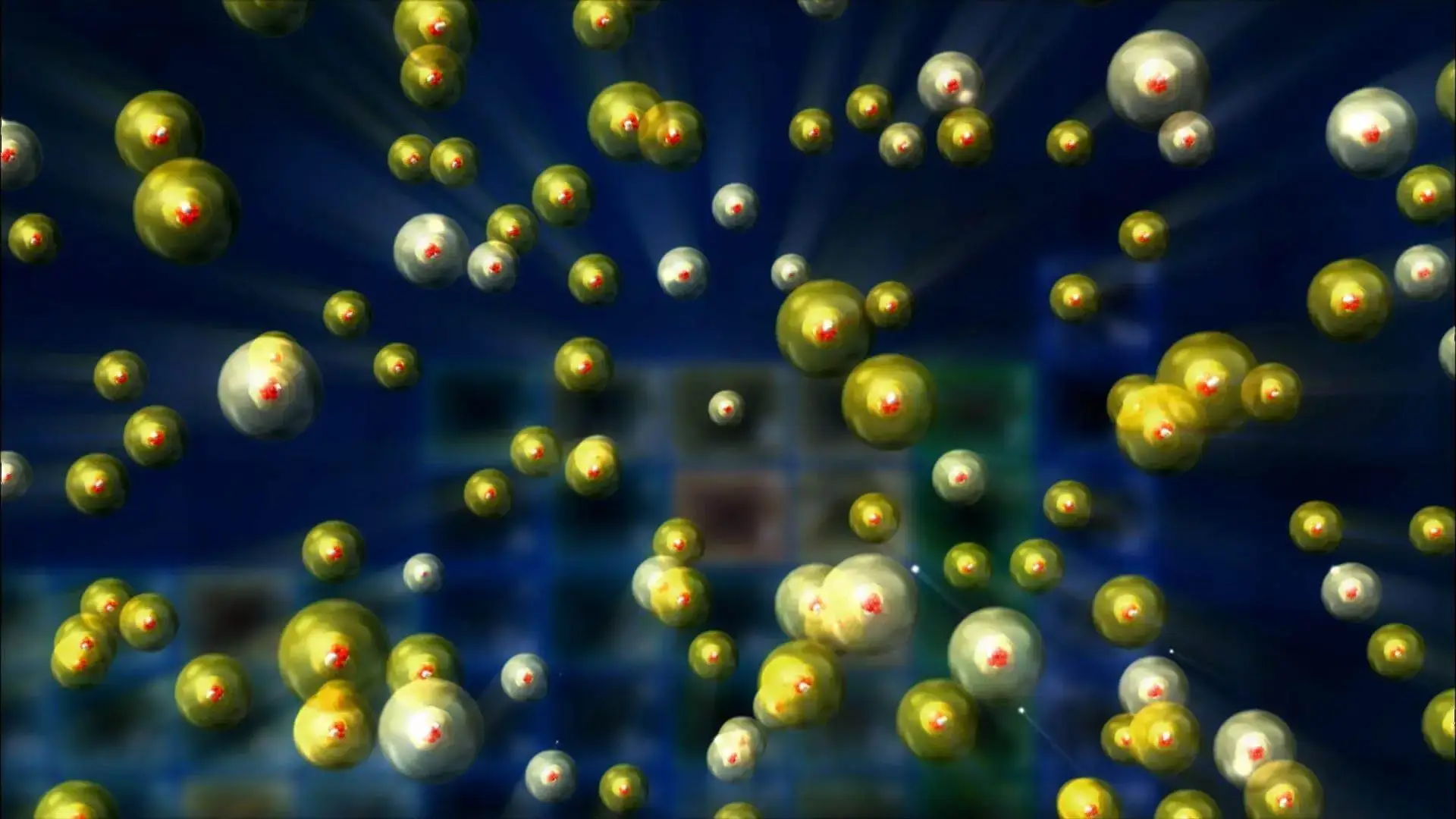The main difference between alpha and beta decay is that in alpha decay, a nucleus emits an alpha particle, which consists of two protons and two neutrons. In contrast, beta decay involves the emission of either a beta-minus particle (electron) or a beta-plus particle (positron).
The other significant difference between them is that the mass number of the daughter nucleus decreases by 4 units due to the emission of the alpha particle. On the other hand, the mass number of the daughter nucleus remains unchanged during beta decay.
In the realm of nuclear physics, the processes of alpha and beta decay play crucial roles in the transformation of unstable nuclei into more stable configurations. These processes are integral to our understanding of radioactive decay and have wide-ranging implications across various scientific disciplines.
This article provides a comprehensive comparison of the key differences between alpha and beta decay, presented in an informative tabular format. Understanding these differences is crucial for researchers, educators, and enthusiasts alike, as these decay processes play a pivotal role in our understanding of radioactivity and its applications.
Editor’s Choice:
| S.No. | Aspect | Alpha Decay | Beta Decay |
| 1. | Definition | Emission of an alpha particle i.e. helium nucleus (2 protons, 2 neutrons). | Emission of a beta particle i.e. electron or positron. |
| 2. | Nucleon Composition | Results in a daughter nucleus with reduced protons and neutrons. | Transforms a neutron into a proton (beta-minus) or a proton into a neutron (beta-plus). |
| 3. | Mass Effect | The mass number decreases by 4 units. | The mass number remains unchanged. |
| 4. | Charge | +2 (due to 2 protons). | -1 (Beta-) or +1 (Beta+). |
| 5. | Penetration Power | Alpha particles are large and positively charged, so they have low penetration. | Beta particles are smaller and negatively charged, thus exhibiting greater penetration. |
| 6. | Ionization | Alpha particles cause intense ionization due to their high charge and mass. | Beta particles cause moderate ionization due to their lower charge and mass. |
| 7. | Energy | Alpha decay releases significant energy due to the heavy alpha particle emission. | Beta decay releases less energy compared to alpha decay. |
| 8. | Occurrence | Common in heavy elements. | Common in light to medium elements. |
| 9. | Neutrino Emission | Neutrinos are not emitted during alpha decay. | Neutrinos are emitted as a byproduct of beta decay. |
| 10. | Decay Rate | Alpha decay typically has a slower decay rate. | Beta decay generally has a faster decay rate. |
Detailed Explanation of 10 Differences Between Alpha and Beta Decay:
- Definition: In alpha decay, a nucleus emits an alpha particle, which consists of two protons and two neutrons. Whereas, Beta decay involves the emission of either a beta-minus particle (electron) or a beta-plus particle (positron).
- Nucleon Composition: The daughter nucleus formed after alpha decay has a reduced number of protons and neutrons. In contrast, beta decay transforms a neutron into a proton (beta-minus) or a proton into a neutron (beta-plus).
- Mass Effect: The mass number of the daughter nucleus decreases by 4 units due to the emission of the alpha particle. On the other hand, the mass number of the daughter nucleus remains unchanged.
- Charge: Alpha particles have a charge of +2 due to the presence of 2 protons, while beta- particles carry a -1 charge and beta+ particles carry a +1 charge.
- Penetration Power: Alpha particles have low penetration power and can be easily stopped by materials like paper or clothing. Beta particles have moderate penetration and can be halted by thin metal or plastic.
- Ionization: Alpha particles cause intense ionization along their path due to their high charge and mass. Whereas, beta particles cause moderate ionization compared to alpha particles.
- Energy: Alpha decay releases significant energy due to the relatively heavy alpha particle emission. Beta decay releases less energy compared to alpha decay.
- Occurrence: Alpha decay is common in heavy elements, particularly those with atomic numbers greater than 82. Beta decay is prevalent in light to medium elements.
- Neutrino Emission: Neutrinos are not emitted during alpha decay. On the other hand, neutrinos are emitted as a byproduct of beta decay, contributing to the conservation of certain properties.
- Decay Rate: Alpha decay typically has a slower decay rate compared to beta decay. In contrast, beta decay generally occurs at a faster rate.
That’s it for this post. If you like this article, share it if you like, like it if you share it. You can also find us on Mix, Twitter, Pinterest, and Facebook. Hey man, If you have come this far, do give us feedback in the comment section. It would make my day. You can also make a donation. Your donations will help us to run our website and serve you BETTER. Cheers!!!
You might also like:
- 10 Differences Between Fluorescence and Phosphorescence in Tabular Form
- 10 Differences Between X-Rays and Gamma Rays in Tabular Form
- 10 Differences Between X-Rays and Ultraviolet Rays in Tabular Form
